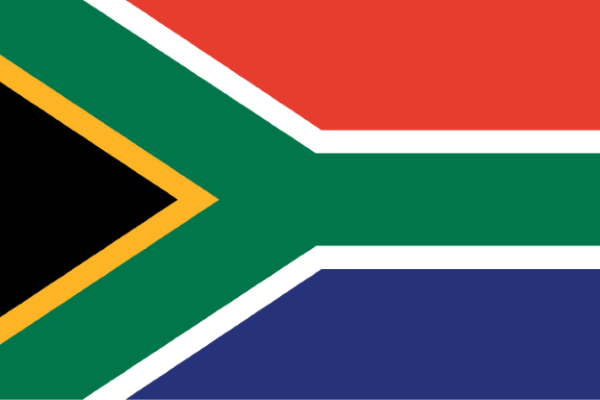The Order of Ikhamanga in Silver

William Kentridge (1955 - ) Awarded for:
Excellent contribution in the field of the arts and non-racial theatre in South Africa.
Profile of William Kentridge
William Kentridge was born in Johannesburg in 1955. He is a world-renowned contemporary artist who has greatly contributed to the recognition of South African art internationally. Growing up in a liberal family, he had an early awareness of the injustices and inequalities of South African society.
In 1973, Kentridge enrolled at the University of the Witwatersrand (Wits) for a Bachelor of Arts degree in Politics and African Studies. This was an era of heightened political activity in the country and on the African continent. The political era then was characterised by the United Nations’ expulsion of South Africa due to the government’s apartheid policy and other significant political events in the country and on the continent.
Kentridge completed his studies at Wits and went on to join the Johannesburg Art Foundation as a student from 1976 until 1978. In 1981, he proceeded to study mime and theatre at the Ecole Jacques Leciq in Paris, France.
As a young boy, Kentridge was shown work of charcoal drawings created by the artist Dumile Feni, known as “Dumile”. Kentridge was intrigued and went on to master the craft. Today, he is recognised internationally for his unique charcoal drawings, made in the service of producing short animated films.
Kentridge’s work is not limited to fixed charcoal and pastel drawings. He brings his drawings to life by creating short animated films, made by repeatedly erasing and altering the charcoal drawings. His first widely known animated short film, made in 1989, was patriotically titled Johannesburg, 2nd Greatest City after Paris. Some of his other critically acclaimed short films include Monument; Mine; Sobriety, Obesity and Growing Old; Felix in Exile; History in the Main Complaint; Weighing… and Wanting; and Stereoscope. In 2003, Kentridge made 7 Fragments for Georges Méliès, Day for Night, and Journey to the Moon, an installation piece of nine short animated films which pay tribute to the early French filmmaker Georges Méliès.
Kentridge co-founded the Junction Avenue Theatre Company, which operated in Johannesburg and Soweto from 1975 until 1991, and has collaborated with performing artists to create a number of theatrical productions. Some of his noteworthy theatre work includes Woyzeck on the Highveld, which was staged with the Cape Town-based Handspring Puppet Company. The production won numerous awards and toured Europe. In 1996, Kentridge conceptualised and directed the multimedia theatrical production Ubu and the Truth Commission, which drew on the accounts of the Truth and Reconciliation Commission, following the new South African dispensation. In 1988, he directed the multimedia Opera Il Ritorno d’Ulisse. More recently, he directed Mozart’s Die Zauberflöte (The Magic Flute).
Kentridge has had extensive solo and group exhibitions in prestigious galleries and art museums throughout the United States of America (USA), Europe, South America, Japan, and Australia, to name just a few. His work is included in the educational programmes of many institutions around the world. In South Africa, Kentridge’s work has been presented in various galleries and cities.
He was awarded the coveted Carnegie Medal at the 1999/00 Carnegie International. In 2002, he became the recipient of an honorary doctorate in Fine Art at the Maryland Institute of Contemporary Art in Baltimore, USA. In October 2003, he received the Goslar Kaisserring Award in Germany. Wits awarded Kentridge the Honorary Degree of Doctor of Literature in 2004, and in 2006 he received the Jesse L Rosenberger Medal from the University of Chicago.
William Kentridge continues the legacy of artists such as “Dumile”, who were deprived of their artistic right in their own country. His work interweaves the political and social with the personal and individual, drawing on the complicated history of and present situation in South Africa.
Kentridge lives in Johannesburg with his wife. They have two daughters and a son.




